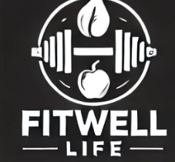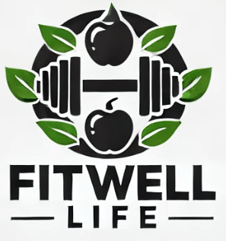Calisthenics for Beginners: Your First Step to Bodyweight Fitness
CALISTHENICS TRAINING
1/28/20252 min read


Understanding Calisthenics and Its Benefits
Calisthenics for beginners is an excellent way to kickstart your journey into bodyweight fitness. At its core, calisthenics comprises exercises that leverage your own body weight to build strength and improve flexibility. One of the key advantages of this workout style is that it requires no equipment, allowing you to practice anywhere - at home, in a park, or even in your office.
This form of exercise not only enhances your physical health but also conditions your body for functional strength. Functional strength is crucial, as it emphasizes movements that you perform in your daily life, helping you become more agile and less prone to injuries. Moreover, calisthenics promotes better posture, balance, and overall body awareness, making it efficient for anyone looking to create a solid fitness foundation.
Your 4-Week Beginner’s Workout Plan
Let’s dive into an easy calisthenics exercises plan tailored for beginners. Follow this structured routine over four weeks to gradually build strength and confidence.
- Week 1: Focus on form. Do 2 sets of 5-10 push-ups, 2 sets of 3-5 pull-ups (use a resistance band if needed), and 2 sets of 10-15 squats.
- Week 2: Increase repetitions. Aim for 3 sets of 8-12 push-ups, 2 sets of 5-6 pull-ups, and 3 sets of 15-20 squats.
- Week 3: Add variation. Incorporate decline push-ups, assisted pull-ups, and sumo squats with 3 sets of each—start integrating different angles.
- Week 4: Push to the next level. Execute 3 sets of 12-15 push-ups, 3 sets of 6-8 pull-ups, and 4 sets of 20 squats. Challenge yourself with slow, controlled movements.
Tips for Proper Form and Progression
As you embark on your first calisthenics routine, maintaining the correct form is vital for maximizing benefits and preventing injuries. Here are some tips:
- Keep your body aligned. During push-ups, ensure that your back remains flat, and engage your core.
- Aim for controlled movements instead of quick repetitions. This helps with muscle engagement and reduces strain.
- Listen to your body. If you feel any pain (beyond the typical discomfort of working out), take a break.
- Progress at a pace that feels right for you. If you find an exercise too challenging, modify it until you build the necessary strength.
To get the most out of your calisthenics practice, track your progress. Keep a journal of your workouts and improvements in repetitions or form. As your strength develops, consider subscribing to our email list for advanced guides that will enhance your journey into bodyweight fitness!

Wellness
Your source for health, fitness, and nutrition.
Fitness
Nutrition
© 2024. All rights reserved.


